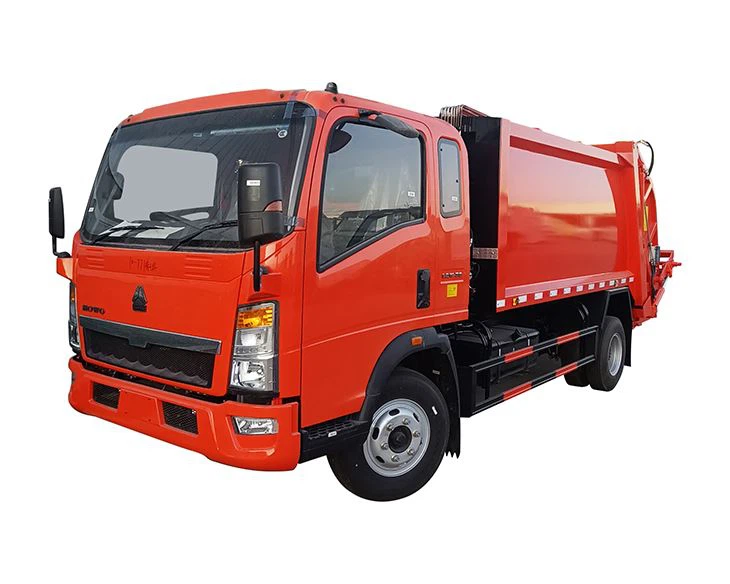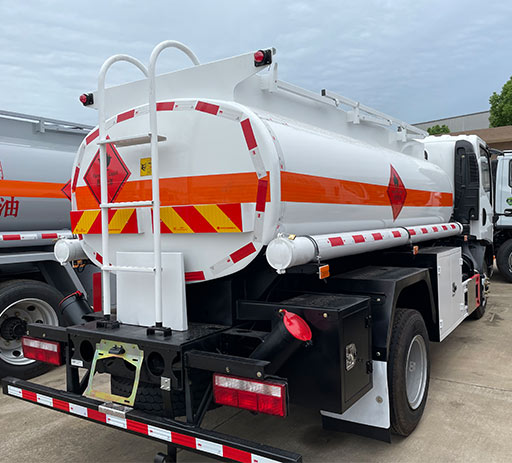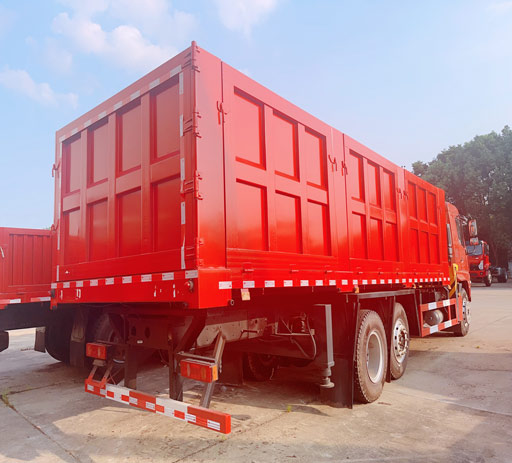How to Draw a Rubbish Truck: A Comprehensive Guide

Introduction
Drawing a rubbish truck can be a fun and engaging activity for both kids and adults. Whether you’re an aspiring artist or just looking to improve your drawing skills, this guide will take you through the step-by-step process of creating a detailed rubbish truck illustration. From understanding the basic shapes to adding color and details, we’ll cover everything you need to know. So, grab your pencils and let’s get started!
Understanding the Basics of a Rubbish Truck
Before we dive into the drawing, it’s essential to understand the structure and components of a rubbish truck. A typical rubbish truck has several key features that you’ll want to incorporate into your drawing.
Parts of a Rubbish Truck
- Cab: The front section where the driver sits.
- Container: The large box where rubbish is collected.
- Hydraulic Arm: Used to lift bins and containers.
- Wheels: Essential for movement.

Types of Rubbish Trucks
There are various types of rubbish trucks, including:
- Front-loaders: Designed for commercial uses.
- Rear-loaders: Commonly used in residential areas.
- Side-loaders: Equipped with arms to lift bins from the side.

Gathering Your Materials
Before you start drawing, gather the necessary materials:
- Pencil and eraser
- Sketchbook or drawing paper
- Markers or colored pencils (optional)
- Reference images of rubbish trucks
Step-by-Step Drawing Guide
Step 1: Sketching the Basic Shapes
Begin by lightly sketching the basic shapes of the rubbish truck. Start with simple geometric shapes.
Basic Shapes Breakdown:
| Shape | Purpose |
|---|---|
| Rectangle | For the truck’s body and container. |
| Circle/Oval | For the wheels. |
| Triangle | For the roof or cab details. |
Step 2: Adding Details to the Cab
Draw the cab by refining the rectangle shape. Add windows, doors, and mirrors. Pay attention to the proportions; the cab is usually taller than the container.
Step 3: Creating the Container
Next, focus on the container. Make it look wider than the cab and add details like rivets or ridges. Ensure the back of the truck is open to show it as a rubbish truck.
Step 4: Drawing the Wheels
Draw two circles underneath the cab and container. Each wheel should be a little larger than you think to portray the truck’s weight. Add details like wheel rims.
Step 5: Adding the Hydraulic Arm
The hydraulic arm is a crucial feature. Sketch it on the side of the container, ensuring it looks robust and capable of lifting heavy loads. Show the mechanics in action for added realism.
Step 6: Increasing Detail and Texture
Now, add finer details to the body, like logos and warning signs. You can also add texture to the container to give it a more realistic look.
Inking Your Drawing
Once you’re satisfied with your sketch, you can outline your drawing with a darker pen or marker. This will help your rubbish truck stand out.
Coloring Your Rubbish Truck
Coloring can bring life to your drawing. Here are some tips:
- Use bright colors like green or yellow common in rubbish trucks.
- Consider adding shading to create depth.
- Use contrasting colors for the cab and container for visual interest.
Tips for Making Your Drawing Stand Out
To enhance your rubbish truck drawing, consider these tips:
- Incorporate a background, like a city street or park.
- Experiment with different angles, like a side or front view.
- Include elements like pedestrians or other vehicles for context.
Common Mistakes to Avoid
While drawing, be mindful of these common pitfalls:
- Forgetting proportions – ensure the cab and container are balanced.
- Neglecting details – small elements can add character.
- Rushing the steps – take your time to refine and improve your work.
Advanced Drawing Techniques
If you’re confident in your basic skills, try out these advanced techniques:
Using References
Look at various rubbish truck images online to understand their shapes and details better. This will help improve the accuracy of your drawing.
Learning from Tutorials
Consider following video tutorials for visual guidance. Watching someone else draw can offer tips and tricks you may not have thought about.
Experimenting with Styles
Try different artistic styles! Whether it’s cartoonish, realistic, or abstract, experimenting will help you discover your unique drawing voice.
Frequently Asked Questions (FAQs)
1. Do I need to be an artist to draw a rubbish truck?
No, you don’t need to have artistic skills to draw a rubbish truck. Following this guide step by step will help you create a great drawing regardless of your skill level.
2. What materials are best for drawing a rubbish truck?
A simple pencil and paper are great to start. Once you’re comfortable, you can use markers, colored pencils, or digital tools for enhanced effects.

3. How long does it take to draw a rubbish truck?
The time it takes can vary depending on your skill level. Typically, it can take anywhere from 30 minutes to several hours to complete a detailed drawing.
4. Can I draw a rubbish truck from imagination?
Absolutely! While references can help, drawing from imagination allows for creativity and personal expression. Just remember the basic shapes and features.
5. What can I do if I make a mistake while drawing?
Use an eraser to correct pencil mistakes or rework that section. Inking can also cover light pencil marks if necessary. Remember, each mistake is a step towards improvement!
6. Are there online resources to learn more about drawing vehicles?
Yes, many websites and platforms offer tutorials specifically for drawing vehicles. Websites like YouTube, Pinterest, and drawing-centric forums are great places to start.
